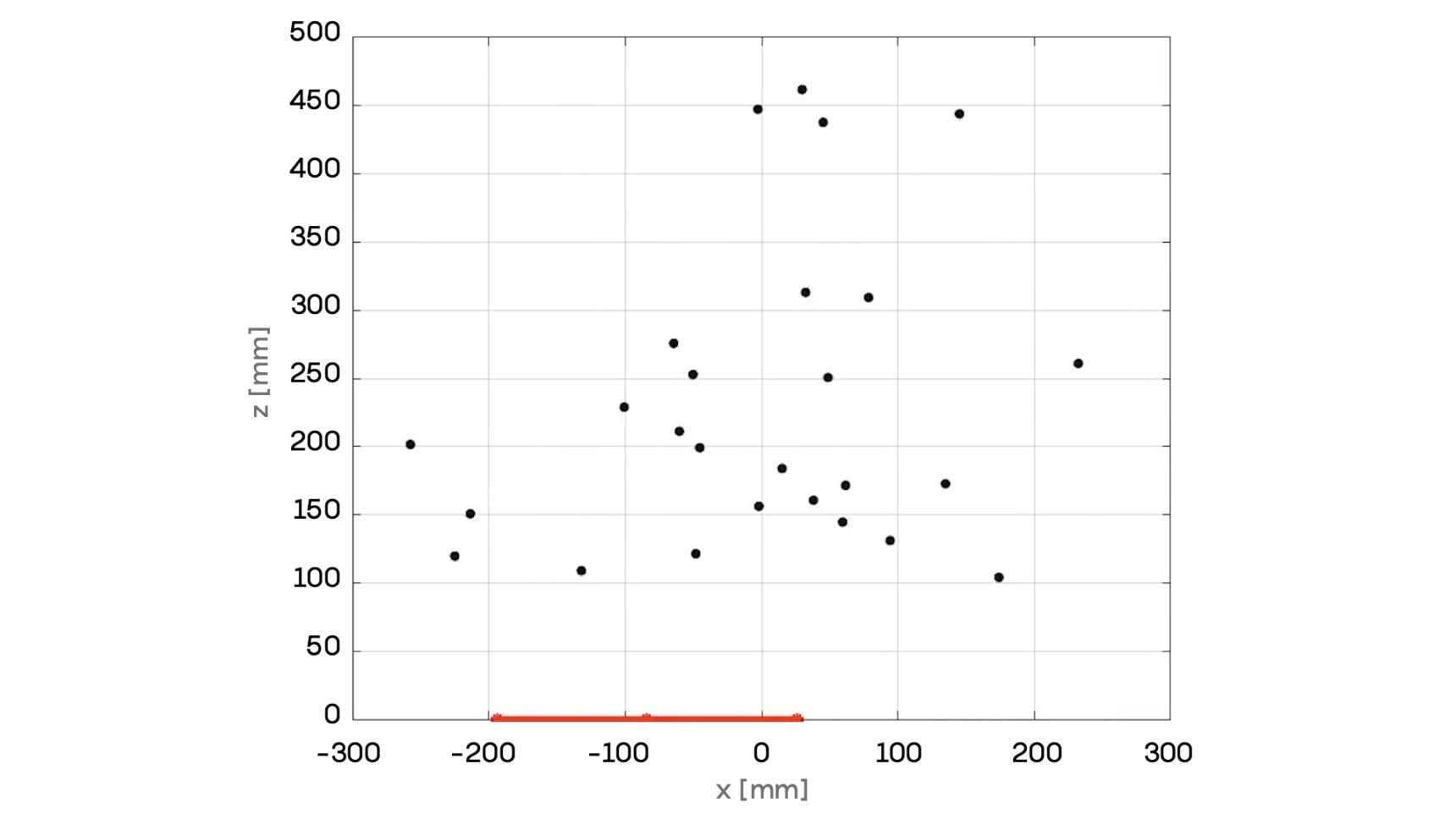How Swarming Insects Act Like Fluids
Introduction
Starlings take to the sky in swirling vortices; ants teem like rivers. “They stretch, they move around, but they retain cohesion in a way you’d expect from a fluid moving,” said Nicholas Ouellette, a physicist at Stanford University. That’s why to him, it isn’t far-fetched to think about collective animal behavior in the language of fluid mechanics, or to analyze groups of organisms much as an engineer would analyze a material.
That approach has paid off in a paper published today in Science Advances, in which Ouellette and his colleagues used a strategy inspired by materials science to analyze the dynamics of a flying swarm. They identified properties in the collective behaviors of insects that might help a group to avoid falling apart in the face of a changeable and disruptive natural environment.
Such collective behavior — in which hundreds of fish, say, all suddenly change course at once, seemingly as a single entity — is a mystery that researchers are still eagerly trying to unravel. To understand it more fully, experts usually study the interactions of the individuals, hoping to pin down how certain simple rules can lead to the macroscopic emergent effects they’ve observed. But that’s been difficult.
Ouellette and a handful of other scientists have therefore tackled the problem from a different angle: by ignoring the individuals and turning their attention to what the properties of the whole system can reveal about its behavior — just as “you can describe what a material is like, without needing to know about what its atoms are doing,” Ouellette said.
When engineers test a material, they poke and prod it to see how it reacts. David Hu, a physicist at the Georgia Institute of Technology, did something similar in his studies of fire ants: By measuring how the swarms reacted when they were compressed between two surfaces and subjected to other kinds of forces, he and his colleagues found that ant behavior has properties resembling those of both solids and fluids. Other researchers have studied similar physical properties in bacteria.
But doing that for flying animals, which don’t touch each other as they swarm, and which are often more difficult to control in an experiment, seemed out of reach. “You’re not going to put a flock of birds in the lab,” Ouellette said.
He therefore decided to work with male midges, small insects that band together into clouds during mating season to make themselves visible to females from afar. They usually do so above some object visible on the ground, be it a tree root or a small puddle of rainwater — which the team reproduced by placing a little piece of black felt on the bottom of the tank in which the midges were raised.
When the researchers moved the felt patch in an oscillating wave pattern, the swarm moved with it, allowing them to study the midges the way Hu had done with his ants. In particular, they looked at how layers of the swarm behaved in response to the felt’s changing position. The midges near the bottom moved in step with the felt, oscillating as much as it did; those midges could see the felt below them. But the midges in higher layers, which could see only other insects below them, lagged behind, oscillating less with the felt. The lag showed that the wave of information about the felt’s position was gradually getting suppressed as it moved upward through the swarm.
Measuring the properties of that wave of information allowed the scientists to probe the swarm’s mechanical properties more precisely, “in the same kind of language they would use to test peanut butter,” said Hu, who was not involved in the study. They found that in some ways, the system behaved elastically, like a spring, while in other ways, it behaved like a viscous liquid, putting it squarely in the category of “viscoelastic” materials.
Most interesting was that the swarm’s viscosity overpowered its elasticity, leading to the strong damping effect observed in the midges’ movements. “The way the insects are interacting not only allows them to all stay together, but makes them resilient to those external perturbations that might otherwise destroy the swarm,” Ouellette said. The damping effect makes the group more stable — which, he posits, might help the swarm stay in place so that females can find it.
If that’s the case, Hu said, “it means damping has some real biological relevance.”
That’s not how experts have usually thought about damping and collective behavior. Scientists studying these systems typically focus on signal amplification, which accelerates the flow of information through a flock of birds or school of fish “like a rumor,” said Simon Garnier, a biologist at the New Jersey Institute of Technology who did not participate in the study. Because birds and fish need to avoid predators, for example, it’s advantageous for all the members of a flock or school to learn about a warning sign, even if it also means dealing with some false alarms.
Indeed, complexity researchers have often showed how collective behavior can quickly transmit information throughout a group. Damping was usually regarded simply as a way to counterbalance that amplification effect. “It was something that was necessary to make sure the system didn’t explode, but it wasn’t something that was studied on its own,” Garnier said.
Of course, collective systems need to strike a balance between amplifying signals and damping noise: Individuals are prone to error, so the group doesn’t want to propagate every little mistake, but it also doesn’t want to prevent information from flowing at all. “Collective systems have to find the correct location on that spectrum, depending on what challenges they face in nature,” said Albert Kao, a researcher at the Santa Fe Institute who models collective behavior.
“So it’s nice, given how the field focuses on signals getting amplified, that they present a case here where there’s a benefit to dampening noise,” he added.
But Garnier cautions that Ouellette’s inference — that the informational damping in the midge swarm evolved to serve a purpose — is far from proved. “To tell you if this emergent property has a value for the fitness of the midges, you’ll be forced to come back to studying the individuals at some point,” he said.
Still, Ouellette is hopeful that “this general paradigm of collective behavior is capable of generating all sorts of different effects that can be tailored to whatever the proper optimized environmental interaction is.” In fact, he added, “we might not even know everything it’s good for yet.”
One day, researchers hope to use these insights to tune the behavior of drone or robot swarms, or even to control the spread of information through social networks. To get there, they’ll first have to combine this macroscopic view with the traditional microscopic ones.
That said, “there’s an awful lot to be gained from understanding what the group state of these animal systems is really like,” Ouellette said, “and by filling out the equivalent of thermodynamics and materials science for those groups.”
When it comes to that, Hu said, “this is just the beginning.”




